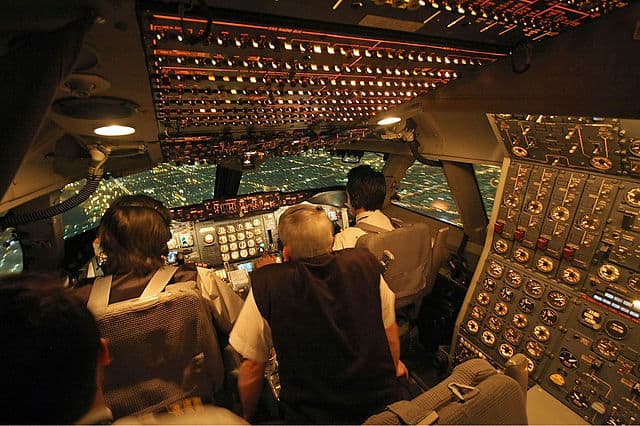Autopilot Takes Over During The Flight

We all use the term “autopilot” for all sorts of things: chiefly zoning out during a Representative or mindless task like folding laundry or raking leaves. However, that popular use of the term can be a little misleading—while autopilot systems on an aircraft may be automated, they’re a long way from mindless or repetitive.
What a lot of passengers don’t know is that autopilot is probably in use during the majority of most flights. The reasons are pretty simple in essence: due to advances in computers and our understanding of flight conditions. The computers behind the autopilot can in general may more precise adjustments for flight conditions than a human operator can, and this in turn leads to a smoother flight and greater fuel efficiency. Modern engineering is a wonderful thing, even when we don’t notice it in operation.
There are some exceptions to autopilot’s superior performance. Our old friend turbulence returns once again to ruin our day. It seems that due to the chaotic nature of turbulent air, a human pilot can navigate those conditions a lot more effectively than an autopilot system can. Ditto emergency conditions—human minds just perform better. So while autopilot is a useful tool, there’s no reason to worry about Skynet seizing control of your flight. For now . . .
